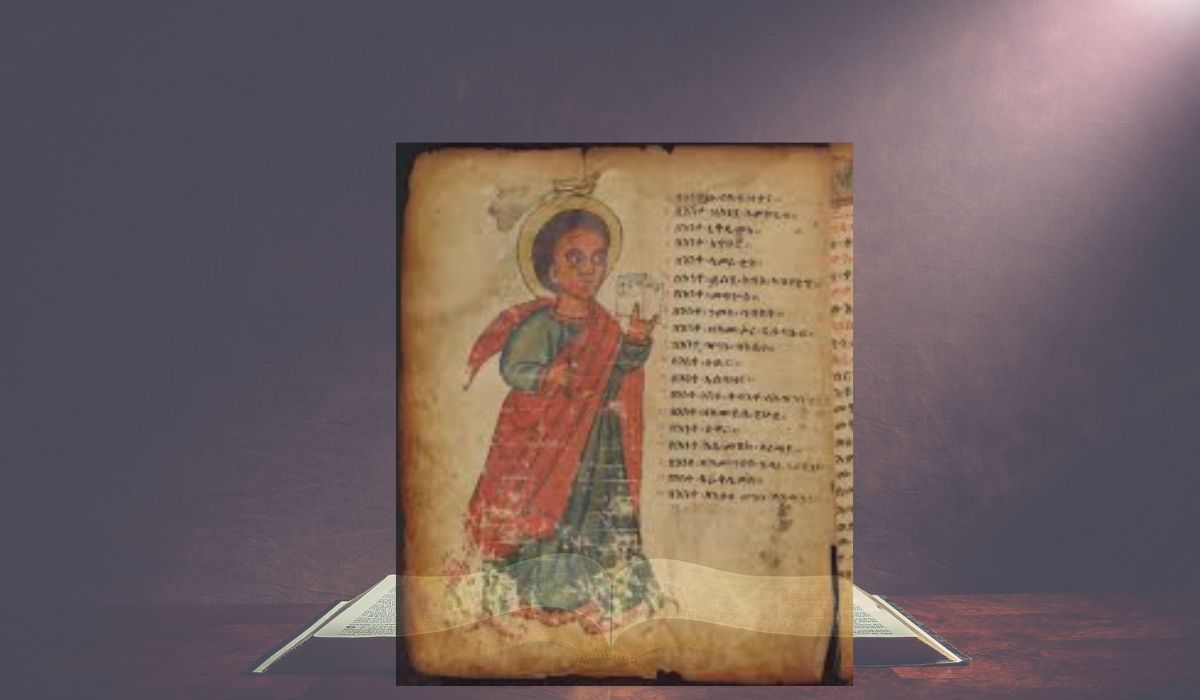 When reading through the Bible, you may come across the term “Millo” and wonder what it means. The Millo is a structure mentioned in several books of the Bible, including 2 Samuel, 1 Kings, and 1 Chronicles. It was an important part of the city of Jerusalem during the reigns of David and Solomon, and its significance has been the subject of much scholarly debate.
When reading through the Bible, you may come across the term “Millo” and wonder what it means. The Millo is a structure mentioned in several books of the Bible, including 2 Samuel, 1 Kings, and 1 Chronicles. It was an important part of the city of Jerusalem during the reigns of David and Solomon, and its significance has been the subject of much scholarly debate.
According to the Bible, the Millo was a fortification that guarded the city’s most precious resource: water. It is first mentioned in 2 Samuel 5:9 as being part of the city of David, and is also referenced in 1 Kings 9:15 and 1 Chronicles 11:8. The Hebrew word “millo” is derived from a word meaning “fill,” and it is thought that the Millo was a structure of terraces filled in with earth and stone.
Historical Context of the Millo
The Millo is a structure mentioned in the Bible in connection with the City of David. It is described as a fortification that guarded the city’s most precious resource, water. In this section, we will explore the historical context of the Millo and its significance in the City of David.
Millo in the City of David
The City of David is located on a narrow ridge south of the Temple Mount in Jerusalem. It is believed to be the original site of the city, founded by King David in the 10th century BCE. The Millo is mentioned in the Bible as part of the fortification of the City of David. According to 2 Samuel 5:9, David fortified the city “from the Millo inward.”
The exact location of the Millo in the City of David is not clear. Some scholars believe it was a massive retaining wall, while others suggest it was a series of terraces filled with earth and stone. According to Nadav Na’aman, the Millo was a stepped structure that supported the buildings above it.
Millo in the Reign of Solomon
The Millo is also mentioned in the Bible in connection with the reign of King Solomon. According to 1 Kings 9:15, Solomon built the Millo and fortified the city of Jerusalem. The Millo was part of Solomon’s efforts to strengthen the city’s defenses and maintain control over his kingdom.
The Millo played an important role in the history of Jerusalem. It was a key fortification that protected the city’s water supply and helped to ensure its survival. Today, the Millo is a fascinating archaeological site that provides insight into the ancient history of Jerusalem.
Biblical References
The Millo is mentioned several times in the Bible, and its meaning and significance have been the subject of much debate among scholars. In this section, we will explore some of the Bible’s key references to the Millo.
The Millo in 1 Kings
One of the most significant references to the Millo in the Bible is found in 1 Kings 11:27. In this passage, we learn that Solomon built the Millo after he had fortified the City of David. The Millo is described as a “filling,” which some scholars interpret to mean a solid tower or an earth embankment. It is believed to have been a fortification of terraces filled in with earth and stone, and was the outermost defense of the north side of Jerusalem.
Meaning in Biblical Texts
The meaning of the word “Millo” in the Bible is not entirely clear, and various interpretations have been proposed. Some scholars believe that it may have been a reference to a specific structure or location in Jerusalem, while others suggest that it may have been a more general term for a type of fortification.
In 2 Samuel 5:9, the Millo is referred to as “the terraces” or “the ramparts,” which suggests that it may have been a defensive structure. The passage also suggests that the Millo was built by the Jebusites, the original inhabitants of Jerusalem, and was later fortified by David after he conquered the city.
Other references to the Millo in the Bible include 2 Kings 12:20 and 2 Chronicles 24:25, which describe the House of Millo as a place where Joash was assassinated. The Millo is also mentioned in Nehemiah 3:15 and 3:19, where it is described as a structure that was repaired during the rebuilding of the walls of Jerusalem.
Overall, the meaning and significance of the Millo in the Bible remain a subject of ongoing study and debate among scholars. However, it is clear that the Millo was an important structure in ancient Jerusalem, and played a significant role in the city’s defense and fortification.
Understanding the Millo
The Millo is a structure mentioned in the Hebrew Bible as part of the city of David in Jerusalem. The name of the Millo is derived from the Hebrew word meaning “fill”. It was given its name because it was a fortification of terraces filled in with earth and stone. It was the outermost defense of the north side of Jerusalem. The Millo is first mentioned in 2 Samuel 5:9, where it is translated as “the terraces” or “the ramparts”, and existed during the reigns of King David and his son Solomon.
Etymology of Millo
The Hebrew word “millo” is derived from the root word “male” which means “to fill”. The Millo was a structure built to fill in the gap between the City of David and the Temple Mount, providing a solid foundation for the construction of the Temple. According to some scholars, the Millo was a stepped structure that served as a retaining wall and a fortification. The Millo was also used as a public gathering place and a marketplace.
To pronounce “millo” in the Bible, you would say “mil-loh” with the stress on the second syllable. The word is pronounced differently in modern Hebrew, with the stress on the first syllable.
In conclusion, the Millo was a significant structure in ancient Jerusalem, serving as a fortification, retaining wall, and public gathering place. Its name is derived from the Hebrew word “fill”, referring to the terraces filled in with earth and stone that formed the structure.









